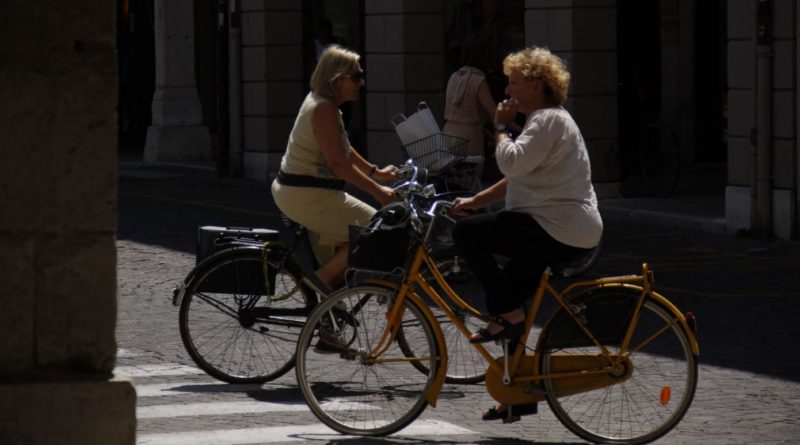New briefing paper for active travel preps MPs for era of change
A new 40 page briefing document has been circulated to Members of Parliament informing on everything from the economic benefits of active travel and the workings of the Cycle to Work scheme right, through to incoming micromobility trends.
Designed to be a comprehensive covering of all the FAQs politicians may wish to gather information on in response to developments in their own constituency, the document puts in black and white a research-led investment case for growing cycling’s modal share. As active travel policy is a devolved issue, the target audience is English authorities, but the content remains applicable nationwide.
Putting everything in one place the paper starts off with a briefing on the wide-ranging health benefits, headlining with a reference to the positive net impact cycling for transport has on the National Health Service.
The physical and mental benefits of building active travel in a daily routine are given weight in this Public Health England paper that supports the idea of building exercise into a transport routine.
Touting cycling as a “very high” value for money investment, next up is the cost to benefit ratio that dispels many myths that provision for cycling comes at an economic expense. The reverse is indeed true, with a citation of the benefit of the ‘cycling economy’ to the UK measured at £2.9 billion.
The paper circulated to MPs immediately flags the estimated 5.62:1 ratio of return on investment. The evidence comes from the Department for Transport’s own assessment of the direct and indirect benefits, as pinned to the roll out of Sustainable Travel Town programmes. These schemes ran from April 2004 to April 2009, with only £10 million funding.
The unseen benefits are well catalogued, with emphasis also placed on the environmental and social benefits of reducing over use of cars for shorter journeys.
The document flags the significant CO2 emission contribution of transport; the largest contributing sector in the UK economy.
“Such emissions can be reduced by replacing short car journeys with journeys made by bicycle. Air quality can also be improved by switching away from cars. UK levels of NO2 in some areas have breached European legal limits. Such emissions and the Particulate matter (PM) from vehicles on the road have been linked with a range of health conditions including respiratory failure, strokes, heart attacks, dementia and premature death,” reads the briefing.
Discussions on funding may be a point of interest for many MPs thinking seriously on developing active travel in their constituencies. References are given to recommendations banded about over the years, most notably a cross-party parliamentary cycling group’s report that included a call for the Government to create a cycling budget of £10 per person per year, increasing to £20. The Transport Select Committee in its July 2014 report, agreed calling for a cycling budget of £10 per head by 2020.
The current budget of £400 million a year nationwide does not align with that ambition as yet, with around only 1.5% of the transport budget assigned to active travel. Cycling UK is referenced as just one source that says the rough budget of £7 per head falls far short, in particular when the share allocated to London and the Cycling Ambition Cities is removed. London spends roughly £10 per head and the CACs plan to spend between £10 and £13.50 per head between 2015/16 and 2017/18.
Later in the paper, the House of Lords bingo cards of whether cyclists should pay the mythical “road tax” and be forced to wear helmets are both addressed, as are reasons why cyclists may feel the need to ride on the odd pavement in the face of road dangers.
Micromobility
New to many of us, the subject of micromobility and the evolving legislation surrounding is given its own page, headed with the detail on how hire schemes are shaping up the future of the transport form through data collection.
At the present time the document only illustrates the current laws, the rules and standards surrounding the trials and how gathered evidence is being used to decide what role these vehicles will play in a future active travel eco-system.



